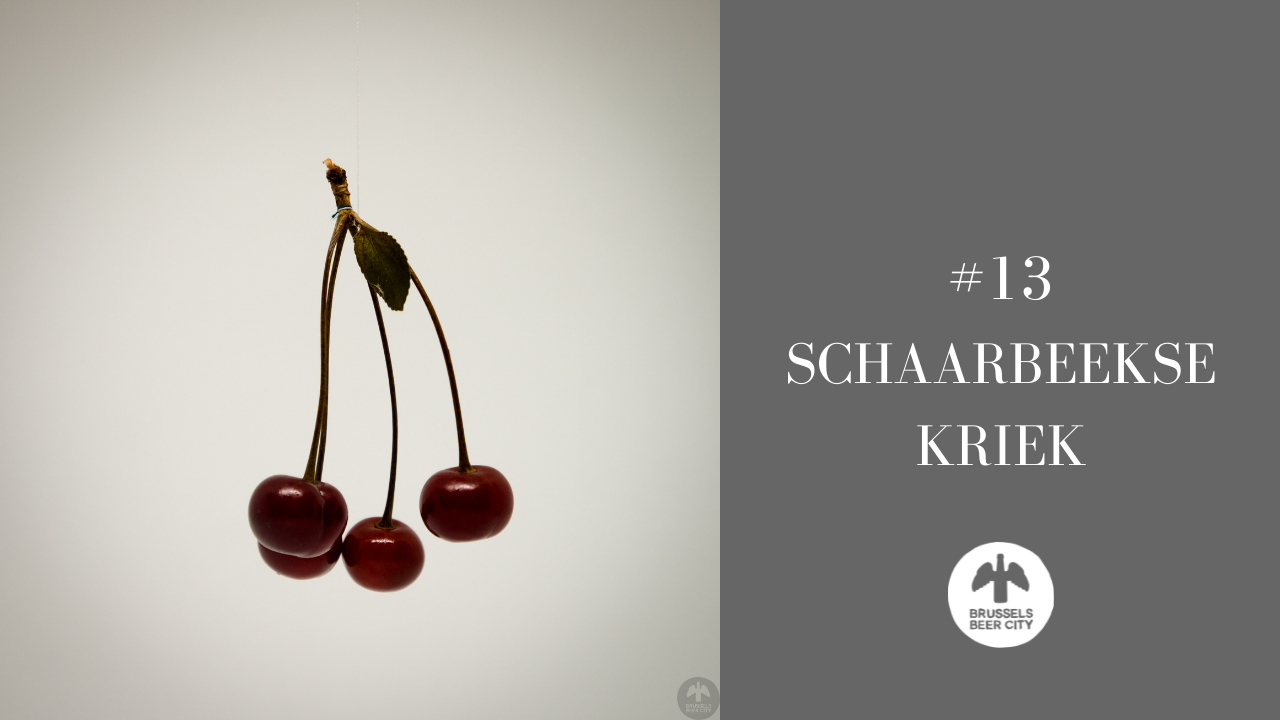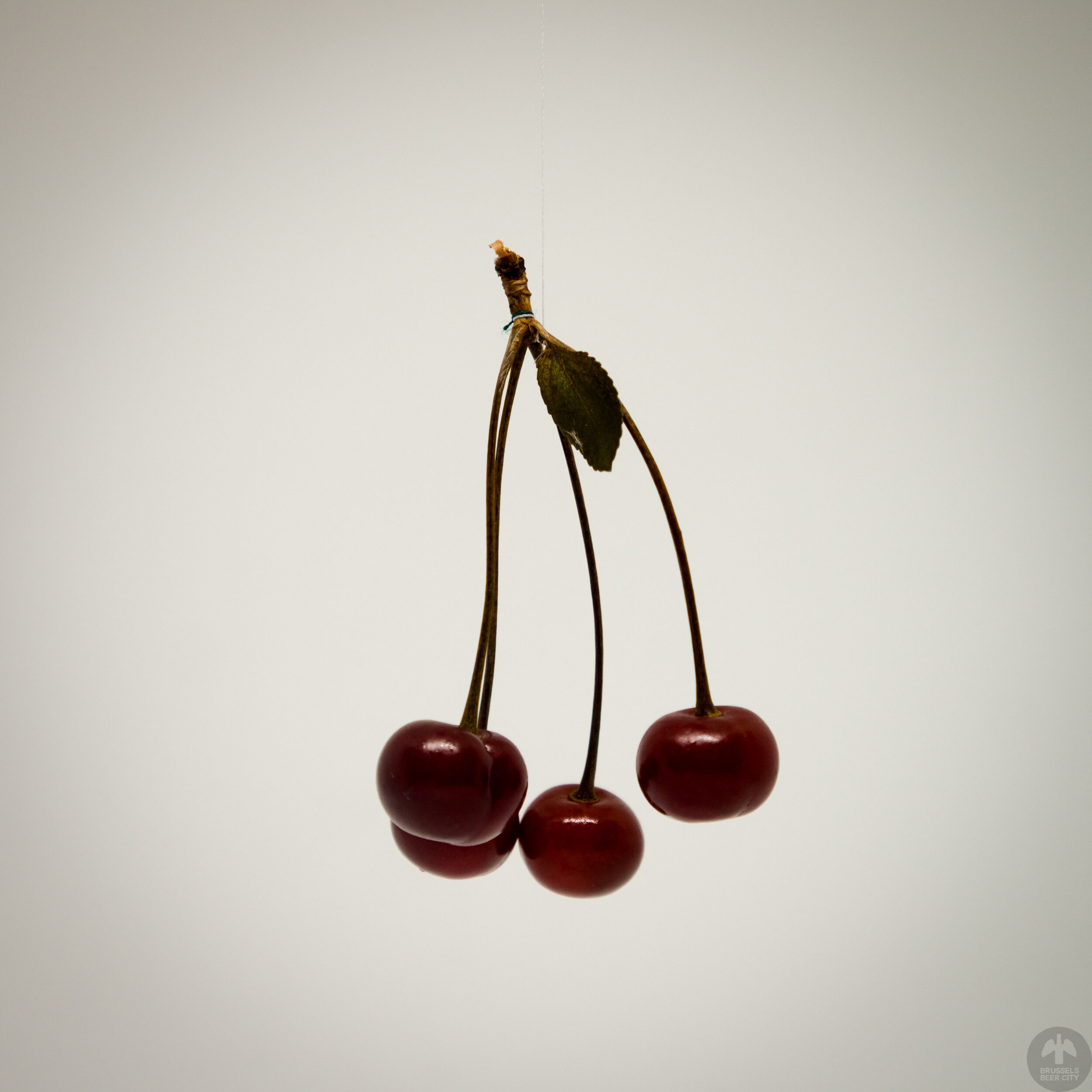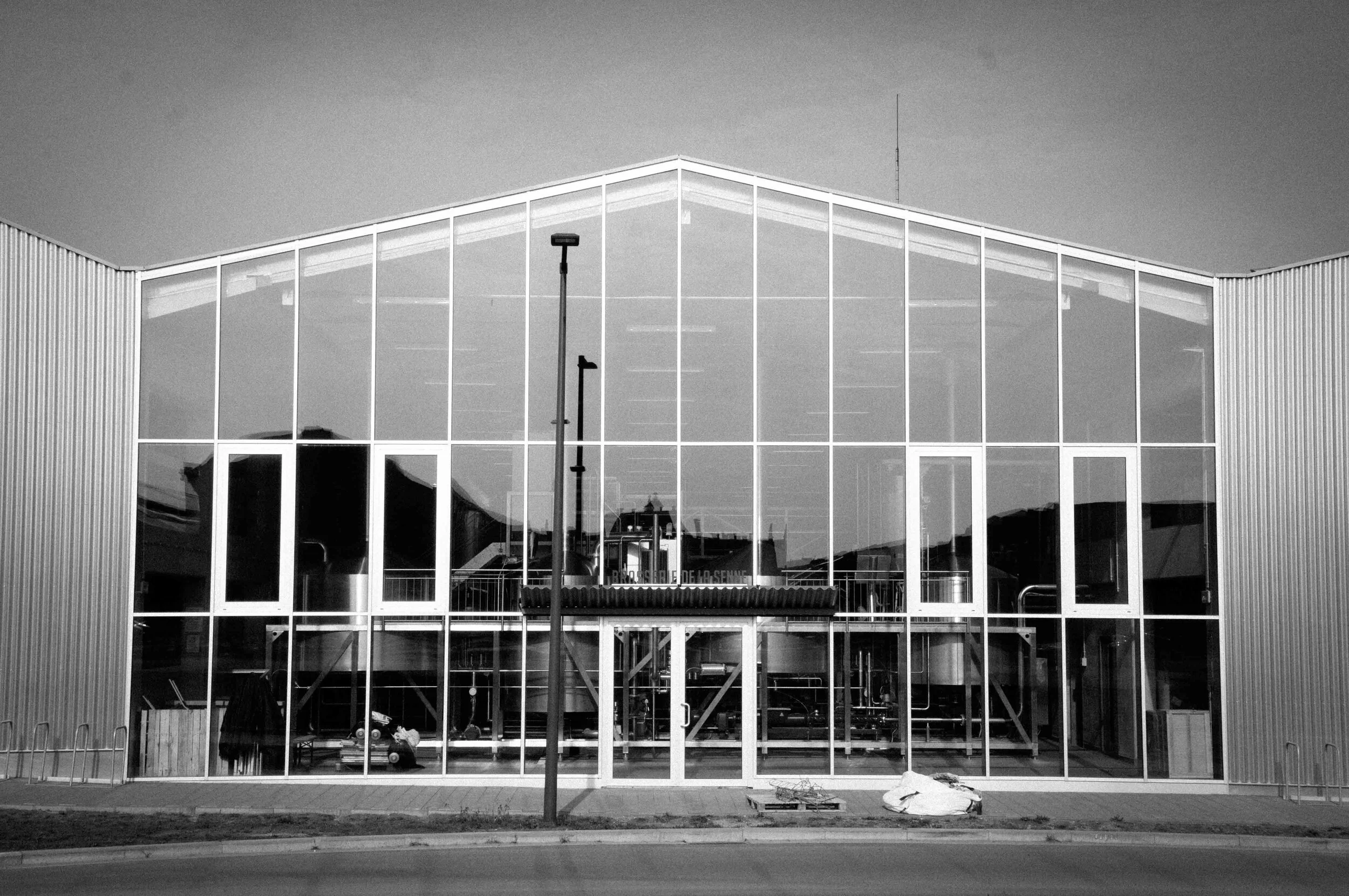A History of Brussels Beer in 50 Objects // #13 Schaarbeekse Kriek
Find out more about Brussels Beer City’s new weekly series, “A History Of Brussels Beer In 50 Objects” here.
Object #13 - Schaarbeekse Kriek
19th century
Farm Life
Schaarbeek is famous for two things: donkeys and cherries. The Brussels municipality, now largely residential, was once farmland. From the 12th century, donkeys (ezels in Dutch) were driven down the Ezelweg road, carrying produce for central Brussels’ food markets. The clacking of their hooves on cobblestone streets caused the people living there to shout “Daar zijn de ezels van Schaarbeek!” - “There go Schaarbeek’s donkeys!” Schaarbeek was the Ezelstad, Donkey Town, and its residents nicknamed ezels.
These ezels often carried baskets of Prunus cerasus “Schaarbeekse Kriek” - small, dark, sour Morello cherries, destined for use by Brussels’ brewers. This relationship between Schaarbeek cherry farmer and Brussels brewer was sufficiently established as far back as 1792 for the Belgian nobleman Philippe d'Olmen de Poederlé, in his Manuel de l'Arboriste et du Forestier Belgique, to remark: “[a]mong the cherries grown in the village of Scharbeck….we see many of the cherry trees that its inhabitants come to sell….to our brewers, and for the most part, their Swarte-Kriecken.”
Throughout the 19th century Schaarbeekse Kriek were used by brewers from Brussels and the Zenne valley to make ruby-red Kriekenlambiek, or Kriek Lambic, or just Kriek. A 1907 article, unearthed by Hors Catégorie Brewing’s Dave Janssen, loosely describes the process. Brewers preferred whole, fresh cherries, using 160-200 grams for every litre of beer. The Lambic they used was a blend of different vintages - 20% three-year-old, 50% two-year-old and 30% one-year-old. Aged in barrels for four or five months, the Kriek was then bottle conditioned for another six before release, after which it could keep its condition for up to five years.
But by 1907 the demographic upheaval that would obliterate the Schaarbeekse Kriek was already underway. Schaarbeek’s population grew from 6,211 in 1846, to 63,500 in 1900, ballooning to 123,000 by 1946. Rapid urbanisation ate into the land occupied by cherry orchards, and by the end of the 20th century the Schaarbeekse Kriek had slipped inexorably into folklore. It was remembered only in stained glass windows in the town hall, cherry blossoms on the avenues around Plaskyplein, and at Square des Griottiers, named after the cherry harvest workers.
But rumours of the death of the Schaarbeek cherry were premature. It survived outside Brussels in the Zenne valley, where brewers sporadically used the fruit to make Kriek (when they weren’t using Gorsem cherries or fruit sourced from Poland). Eventually, Kriek producers like 3 Fonteinen and Oud Beersel began planting their own orchards. This revival had already reached Brussels in 2011, when a coalition of cultural organisations and tree-planting advocates called the Bûûmplanters began planting Schaarbeekse Kriek trees in the gardens of Schaarbeek residents.
In 2018, Brasserie Cantillon planted their own patch of cherry trees at a cooperative farm in Anderlecht. And in 2021 the Bûûmplanters were able to produce 10kg of cherries. Enough for Schaarbeek’s own, newly-opened Brasserie de la Mule to brew a Schaarbeekse Kriek beer, 500 metres from the old Ezelweg that once echoed to the clopping hooves of Schaarbeekse ezels.













